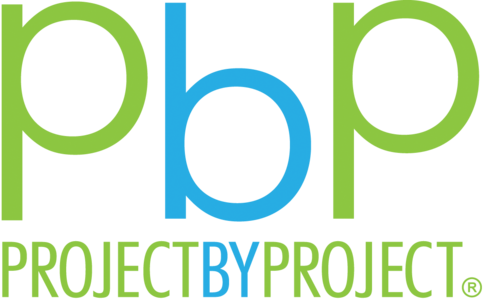PbP Planting a Greener Future Blog Series #6: CLIMATE CHANGE AND ENERGY
This blog post is written by Nicholas Ryu from our Fundraising Team. Nicholas is an urban planner currently working at the LA City Mayor’s Office of City Services.
Saving our environment from climate change means that we need to reduce the rate of how quickly global temperature increases. The Integrated Panel on Climate Change estimates that this threshold is 1.5 degrees Celsius by the end of the century.
In order to do so, we must all reduce our greenhouse gas (GHG) emissions…and it should be no surprise to anyone at this point that GHG emissions largely come from our energy consumption resources and behaviors. Therefore, we need to become more energy efficient and transition to a world that runs on renewable energy.
Renewable Energy is a form of energy that comes from natural resources such as solar, wind, hydroelectricity, geothermal, and some argue even for green hydrogen. Surprisingly, society has been using renewable energy since the late 19th century as hydroelectricity from dams. However, the increased consumption and scale of renewable energy didn’t really start until a century later.
Fortunately, countries, governments, and cities see the importance of transitioning to renewable energy sources as the main way to reduce GHG emissions and a changing climate. L.A. for example receives 40% of its energy from renewable energy sources (solar, wind, geothermal, and hydroelectric) in 2019 and that number will increase more and more according to the National Renewable Energy Laboratory’s LA 100 Study. It’s even possible that LA can lead by example and complete a 100% renewable energy transition by 2035…if all goes well.
But the devil is in the details regarding how quickly and reliably an energy transition to 100% renewable energy will occur as societies change. Across the country, the ASCE gave the US’ infrastructure a C- rating this year…and it shows. Much of our infrastructure is old and cannot keep up with an increasing population and therefore an increased use or demand of that infrastructure, which increases risk of failure. For energy, that means that a power grid that must have up-to-date transmission, distribution, generation, and storage facilities to ensure enough energy reliability to meet energy demands, particularly as economies change and grow….which means buildings expand and more EVs enter the market.
Fortunately though, understanding the nexus of climate change and energy has become a strong political motivator for leaders across the country. In November, President Biden announced the signing of the Infrastructure Investment and Jobs Act which will provide $22 billion in energy programs that will capture carbon, weatherize homes, increase energy efficiency, and ensure grid reliability for millions of Americans as well as re-entered the US into the COP 26 climate discussions in Glasgow. This past July, California Governor Newsom signed an emergency Proclamation to Expedite Clean Energy Projects as a way to help relieve energy demand on the CA Independent System Operator grid system as a way to mitigate future energy blackouts.
And even cities are spearheading climate adaptation plans and policies, such as LA Mayor Garcetti’s Green New Deal 2019 Sustainability pLAn which aims to have LA supply 100% of its energy from renewable resources by 2045 (aligned with the State’s SB100 goals, or perhaps earlier depending on the LA100 scenario) while ensuring that environmental justice and equity goals are achieved along the way so that frontline communities aren’t left behind. Note: It helps that LA is the #1 solar city in America. ☺
Overall though, we are headed in the right direction...and we’ll need your support to help us meet the energy and develop climate resilient communities.
What can you do?
So, you’re probably asking yourself, how can I do my part? I’m an evangelist for action, education, and discussion.
First, saving our climate must come from changes in our behavior...even if its tedious. I implore you all to really examine rebates (such as from LADWP) to retrofit your household if you can for energy efficiency and renewable energy...and change your lifestyle too.
Secondly, learn more. We’ve been doing a great job exposing ourselves to so much information that is out there this past year. As the climate keeps changing, so must our dedication to continue learning more about both the problems and solutions of climate change.
Lastly, go talk about what you’ve learnt and achieved. Saving the environment and stopping climate change can be done in so many different ways...and when we think about our future and our kids, every little lesson and action matters by all of us matters in the long-run.





